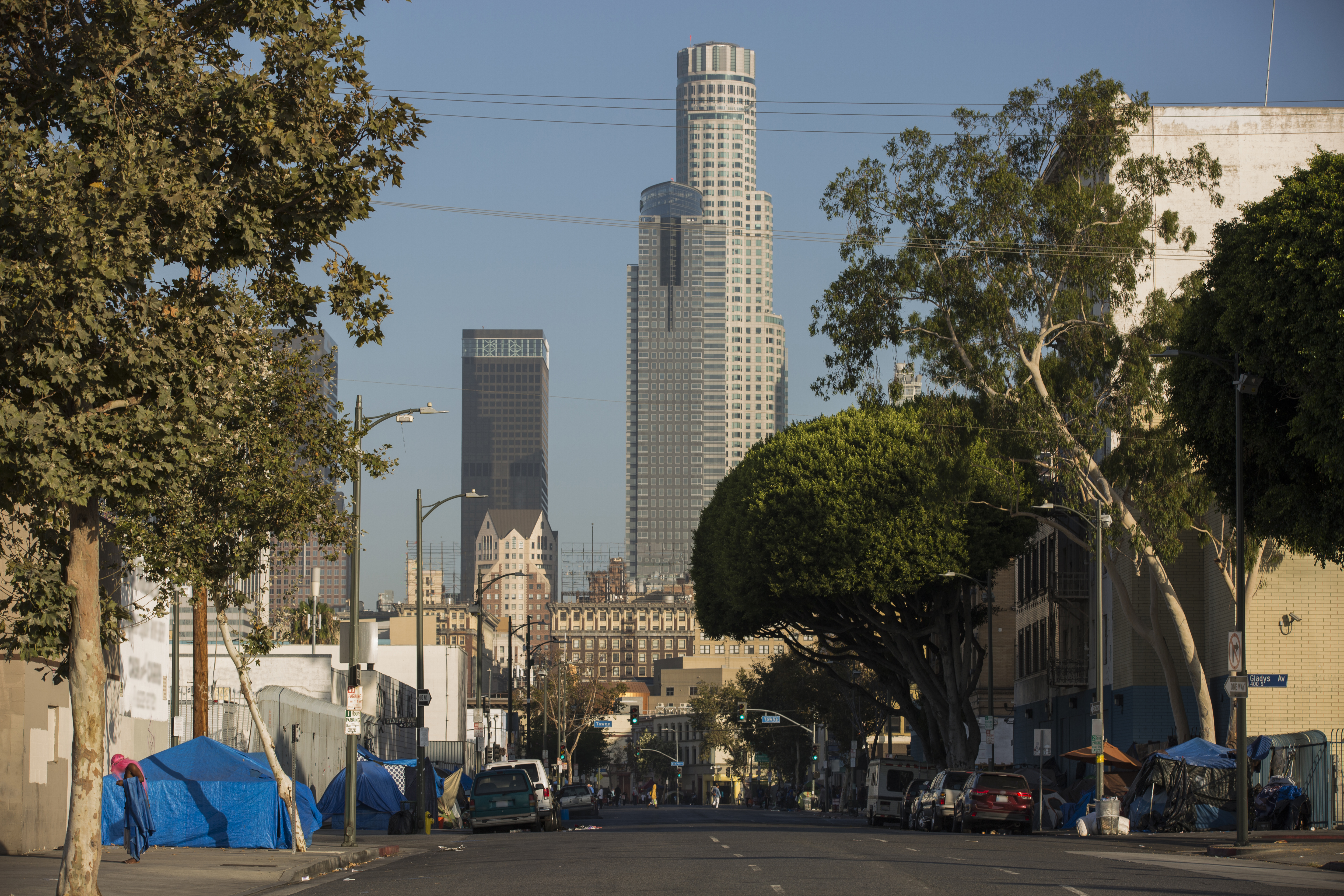
Increasing rents, combined with the economic hit resulting from the COVID-19 pandemic, have left more than 40,000 residents across Los Angeles homeless. On any given night there are men, women, and children who must resort to living on our streets, without access to shelter and basic medical attention.
Covering 2.7 square miles in the eastern portion of Downtown Los Angeles, Skid Row serves as a frequent reminder of the persistent wealth and social inequalities in our own City, a neighborhood where we’ve historically fallen short of our obligations to house our most vulnerable residents.
Yet, despite all of the challenges, there is reason to be hopeful. Cities, including Los Angeles, have increased the supply of restricted affordable and permanent supportive housing in recent years. In L.A., we’ve even streamlined the approval process for affordable projects and created a dedicated revenue stream to fund the construction of housing units for lower-income households.
Best of all for the long-term interests of the Skid Row community and for our City as a whole, there are efforts underway to update our Downtown Community Plan. Spearheaded by City Planning, this monumental initiative stands to increase future opportunities for housing across the entire six square miles of the Plan area. It includes measures to incentivize and streamline housing projects with affordable units for Angelenos facing economic hardship. In the Skid Row community, the plan update proposes new land use protections to safeguard and expand access to affordable and permanent supportive housing.
For the first time, City Planning’s zoning recognizes permanent supportive housing as a unique housing typology, applicable not just to the central core of Skid Row, but across Downtown L.A.
For the first time, City Planning’s zoning recognizes permanent supportive housing as a unique housing typology, applicable not just to the central core of Skid Row, but across Downtown L.A. This new zoning designation will more than double the area where permanent supportive housing can be built. Through the Downtown Community Plan update, the City will be better positioned to accommodate more supportive housing projects across the plan area by avoiding the bottlenecks that can slow the approval process.
In some cases, because of the time it takes to file for amendments to a land use designation, it has taken over two years for the City to get approval to construct affordable housing units in Skid Row. That stands to change with the adoption of the Downtown Community Plan. Where in the past, nonprofit developers have had to wait years even to file for a building permit to start construction, City Planning’s proposal would dramatically reduce processing times and costs.
Under the proposed plan, housing projects could save millions of dollars in land holding and entitlement costs, plus avoid paying hefty retainer fees for land use consultants and lawyers who assist nonprofit developers in navigating the City's legislative process. At a time when COVID-19 has devastated local economies, we as a City have come together to do everything in our power to house our fellow Angelenos.
The Downtown Community Plan also emphasizes provision of public infrastructure and amenities that complement the needs of individuals, families, older adults, veterans, and others who are at risk of or currently experiencing homelessness. The plan proposes tools to fund and support mobility enhancements, daycares, schools, resiliency centers, and small businesses, as well as create more public open space.
By 2040, Downtown L.A. is projected to welcome 125,000 new residents, in addition to 55,000 new jobs. City officials and agencies are leading the way, advancing a bold framework for a more livable, sustainable, and well-designed future that accommodates all Angelenos.
Through innovative new land use policies, City Planning has laid the necessary groundwork to inform Los Angeles’s future housing policies, identifying not only more affordable options for housing everyday Angelenos, but also housing for Angelenos at all income levels.